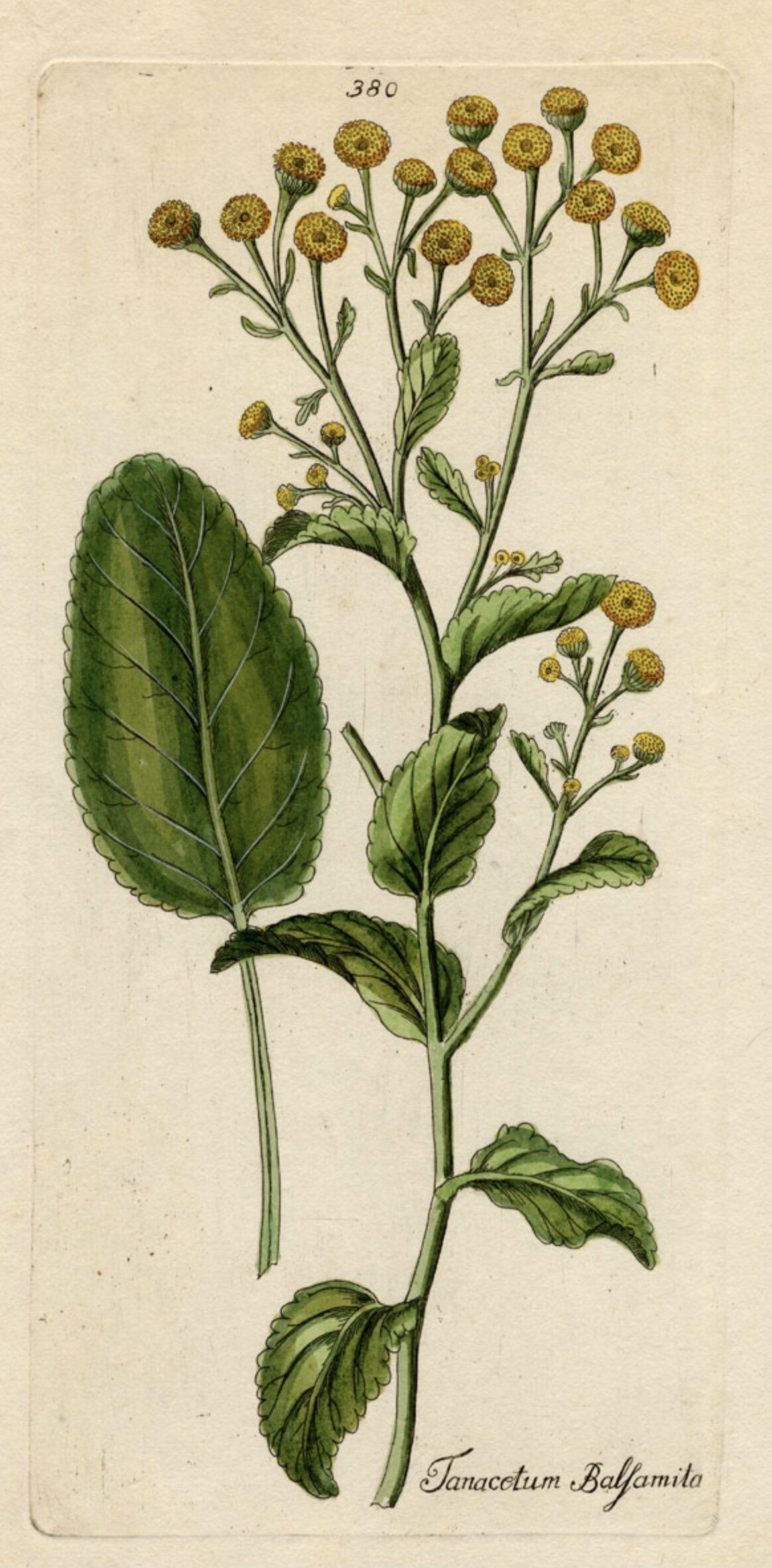Costmary
Costmary
COSTMARY SEEDS
Tanacetum balsamita
An ancient herb, once valued in clearing, flavoring and preserving beer. Common to ancient tavern and kitchen gardens, now very rarely grown. Beautiful grey-green leaves are powerfully scented and maintain their sweet fragrance once dried. They make wonderful bookmarks, especially in old musty books. Bundle with lavender and place in closets alongside cedarwood.
Mature plants can grow up to 2', even before flowering. The small flowers are typical of the genus, and are best kept cut, honestly, as the scent of the plant is greatly diminished by blooming. Though Costmary prefers dry soil in full sun, growing this plant in shade will, in many cases, keep the plant from flowering, possibly in perpetuity. Hardy to at least zone 5, though it will not overwinter at all in wet soil. Sandy loam and shale are ideal.
Start these seeds indoors in late winter or very early spring: press seeds into moist soil, just barely dusting with fine vermiculite. Mist carefully and cover with plastic. Kept at warm room temperature in bright light, seeds will begin to germinate in a week or two. Uncover germinated seeds promptly. Prick out well-rooted seedlings to grow on in individual 3" pots in bright light at room temperature. Transplant into warm soil after the last spring frost.
Plants will eventually spread by roots, even in dry shallow soils, and should be given ample space. Though it is not technically a member of the mint family, it certainly grows like one. Best planted away from the garden proper, perhaps along with Yarrow, whose feathery foliage is a great foil for the long grey leaves of Costmary. Home brewers will find both of these species to be of considerable value in making herbal craft beers.
Sometimes listed as a culinary herb, but the flavor of Costmary can be bitter and astringent in the extreme. Use very sparingly, if at all. Costmary has virtually no contemporary medicinal uses, although it would do no harm steeped with Comfrey in a balm made for external bumps and bruises. In 1636, Gerard suggested that a sweet conserve of Costmary “doth warm and dry the braine and openeth the stoppings of the same", so there's that.
Packet contains at least 50 seeds.
